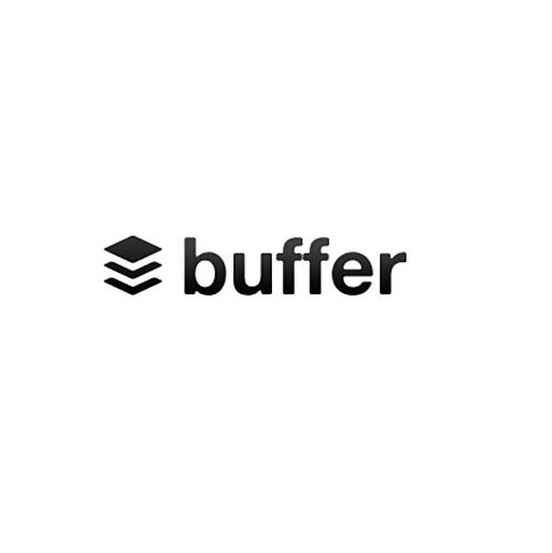Industrial bin picking for tangled-prone objects requires the robot to either pick up untangled objects or perform separation manipulation when the bin contains no isolated objects. The robot must be able to flexibly perform appropriate actions based on the current observation. It is challenging due to high occlusion in the clutter, elusive entanglement phenomena, and the need for skilled manipulation planning. In this paper, we propose an autonomous, effective and general approach for picking up tangled-prone objects for industrial bin picking. First, we learn PickNet - a network that maps the visual observation to pixel-wise possibilities of picking isolated objects or separating tangled objects and infers the corresponding grasp. Then, we propose two effective separation strategies: Dropping the entangled objects into a buffer bin to reduce the degree of entanglement; Pulling to separate the entangled objects in the buffer bin planned by PullNet - a network that predicts position and direction for pulling from visual input. To efficiently collect data for training PickNet and PullNet, we embrace the self-supervised learning paradigm using an algorithmic supervisor in a physics simulator. Real-world experiments show that our policy can dexterously pick up tangled-prone objects with success rates of 90%. We further demonstrate the generalization of our policy by picking a set of unseen objects. Supplementary material, code, and videos can be found at https://xinyiz0931.github.io/tangle.
翻译:用于缠绕易变物体的工业垃圾桶采集器要求机器人要么捡起未缠绕的物体,要么当垃圾桶中没有孤立的物体时进行分离操纵。机器人必须能够根据目前的观察灵活地执行适当的行动。由于在杂乱的、难以捉摸的缠绕现象中的高度隔离以及需要熟练的操纵规划,这具有挑战性。在本文中,我们提出了一个自主、有效和一般的方法来采集易缠绕的物体,以供工业垃圾桶中采集。首先,我们学习 PickNet - 将视觉观测映射成选取孤立的物体或分离被缠绕的物体的像素方法的网络。然后,我们建议采取两种有效的分离战略: 将缠绕的物体丢入缓冲箱,以减少纠缠现象的程度; 我们通过 PullNet 计划把被缠绕的物体分离出来, 预测从视觉输入中提取的位置和方向的网络。 高效地收集用于培训 PickNet 和 PullNet 的数据, 我们用一个自我监控的范式学习模式, 使用一个精准的图像显示器显示的精选版图象仪管理器, 显示一个常规的校准的校正的校正的校正的校正的校正的校正的校正的校正的校正的校正的校正的校正的校正的校正的校正的校正的校正的校正的校正的校正的校正的校正的校正的校正的校正的校正的校正的校正的校正的校正的校正的校正的校正的校正的校正的校正的校正的校正的校正。



